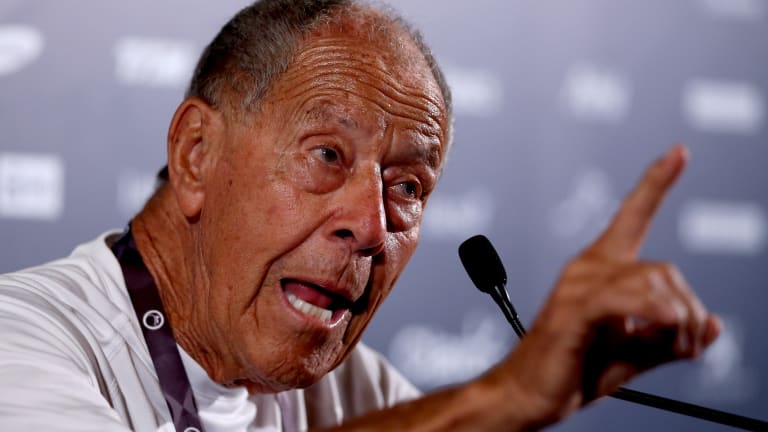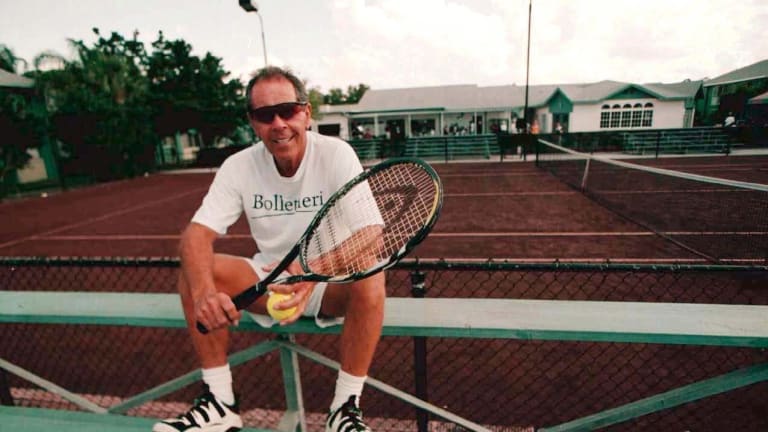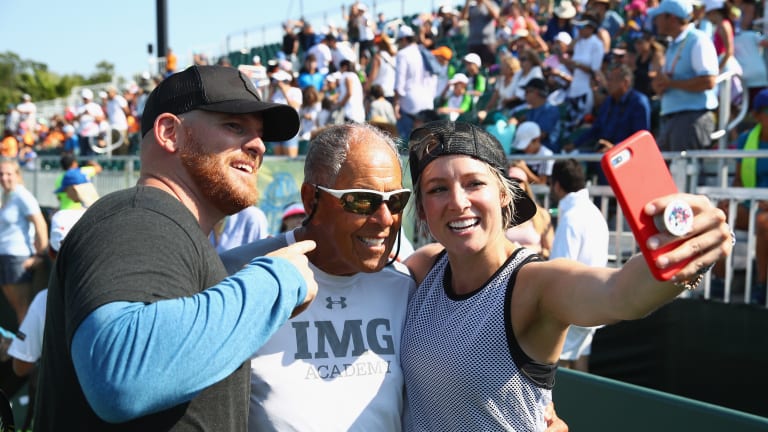In Memoriam
Nick Bollettieri, force of nature and tennis academy pioneer, dies at 91
By Dec 05, 2022In Memoriam
John Feinstein: Paragon of a Bygone Era
By Mar 17, 2025In Memoriam
Australian tennis great Fred Stolle has died at age 86
By Mar 06, 2025In Memoriam
Fred Stolle, Australian tennis legend and beloved friend, dies at 86
By Mar 06, 2025In Memoriam
Remembering Neale Fraser, 1933-2024: Hall of Famer defeated Rod Laver in two Grand Slam finals
By Dec 03, 2024In Memoriam
Robert Lansdorp, who coached Austin, Sampras, Davenport and Sharapova, dies at 85
By Sep 16, 2024In Memoriam
Vic Seixas, 1923-2024
By Jul 06, 2024In Memoriam
Vic Seixas, a Wimbledon champion and tennis Hall of Famer, dies at 100
By Jul 06, 2024In Memoriam
Tennis community mourns loss of Tom Barnes, pays tribute to gold standard of officiating
By Feb 23, 2024In Memoriam
Former Florida tennis coach Andy Brandi, who led the Gators to three national titles, dies at 72
By Feb 10, 2024Nick Bollettieri, force of nature and tennis academy pioneer, dies at 91
As the tennis boom got underway in the 1970s, Bollettieri was in the thick of the action. He never stopped.
Published Dec 05, 2022
Advertising
Advertising
Advertising

Always willing to share his opinions, Bollettieri remained visible in the sport well into his 80s.
© 2015 Getty Images
Advertising

As a coach, Bollettieri gained the greatest insights from the young players he trained.
© Bongarts/Getty Images
Advertising

Bollettieri and a young Anna Kournikova, on the practice court.
© Getty Images
Advertising

Nick will be missed by fans, players and anyone who cares about the sport tennis.
© 2018 Getty Images